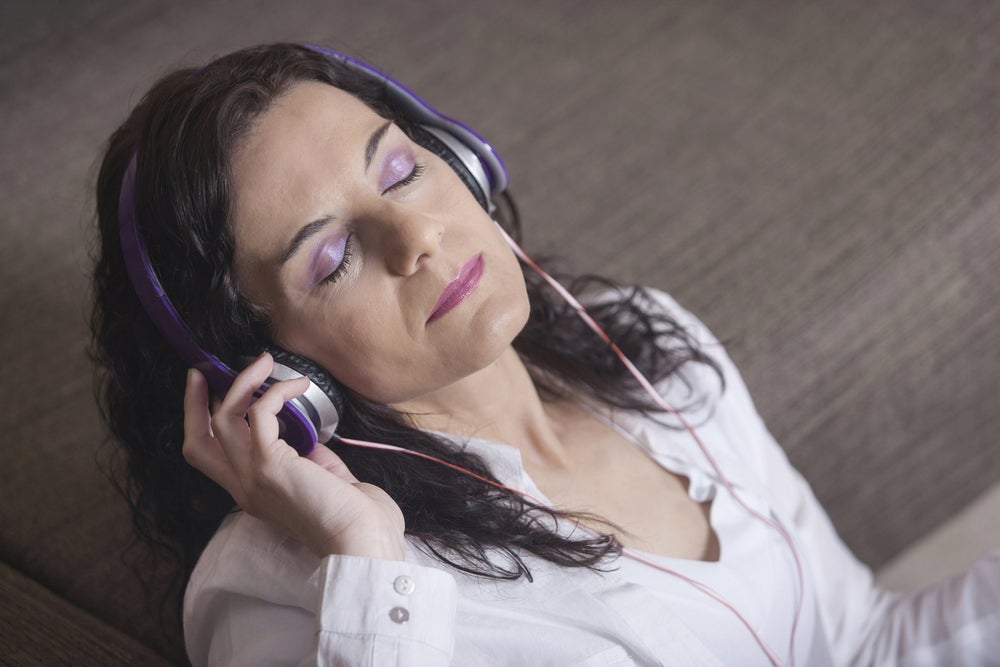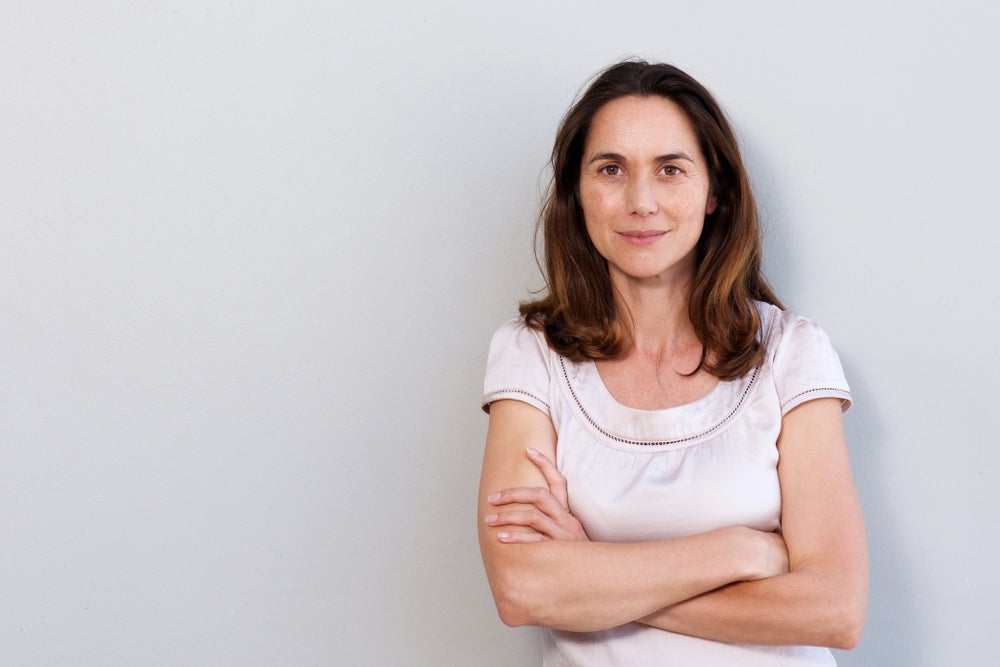Osteopenia or Osteoporosis? What Do I Need to Know?
You’ve probably heard of osteoporosis, but osteopenia may be a new term for you. Both conditions refer to weakening of your bones, but osteoporosis is the more serious of the two. Because estrogen plays a role in the health of your bones, your risks for both increase as you age and reach menopause.
Osteopenia vs. Osteoporosis
If you’ve been diagnosed with osteopenia, your bones are weaker than normal. Thankfully, they are not yet to the stage which would cause them to break easily. If you get to there, you’ll be diagnosed with osteoporosis.
The good news is that just because you have osteopenia does not mean you will develop osteoporosis. You can take steps to stop the bone loss and even strengthen your bones. If you don’t take action, however, osteoporosis is likely just around the corner.
Risk Factors
Risk factors for both are the same.
- Gender – Woman have a greater risk than men.
- Genetics – Your risk increases if a family member has been diagnosed.
- Ethnicity – Caucasian and Asian women have a higher risk, while African-American women have a lower risk.
- Age – As you age, your risk increases.
- Body Frame – The smaller your frame, the greater your risk.
- State of Menopause – Your risk increases with menopause, especially the younger you are.
- Medical Conditions – Rheumatoid arthritis, some endocrine disorders, certain gastrointestinal disorders, a prior stroke, or having a prior fracture can increase your risk, as can a variety of medications including steroids, anti-seizure drugs, and medications used to treat endometriosis.
You can also increase your risks through lifestyle choices and bad habits. Some of them are smoking, excessive alcohol, lack of exercise, a sedentary lifestyle, poor diet, and not enough calcium or vitamin D.
Symptoms
Osteoporosis is often referred to as a silent disease – you may not even suspect you have a problem until you experience a broken bone. When symptoms do occur, they may include curving of your spine, stooping over, losing height, and some back pain – especially with standing, walking, bending, or twisting. Sudden, severe back pain warrants immediate medical attention.
Treatment Options
Treatment can depend on whether you have osteopenia or full-blown osteoporosis. With osteopenia, you may be able to avoid medications by making lifestyle changes. These include exercising regularly, eating well, avoiding alcohol, quitting smoking, and managing stress. If you have already developed osteoporosis, medication may be necessary to stop the bone loss. With either, using hormone replacement therapy (HRT) if you are in menopause can be helpful, as can using supplements like calcium and vitamin D. If you have underlying health conditions which can increase your risks, it’s important to manage them well. You and your doctor should also regularly go over your list of medications and supplements to be sure none of them are contributing to bone loss or interfering with calcium absorption.
An Ounce of Prevention
Anything you can do to build your bones and stop bone loss is worth it. Start working with your doctor today to create a plan that will let you take better care of your bones. You only have one skeleton, so it’s important to take the best care of it you can!
This content was written by staff of HysterSisters.com by non-medical professionals based on discussions, resources and input from other patients for the purpose of patient-to-patient support. Reprinted with permission: Osteopenia or Osteoporosis? What Do I Need to Know?
Dean Drobot/Shutterstock.com







